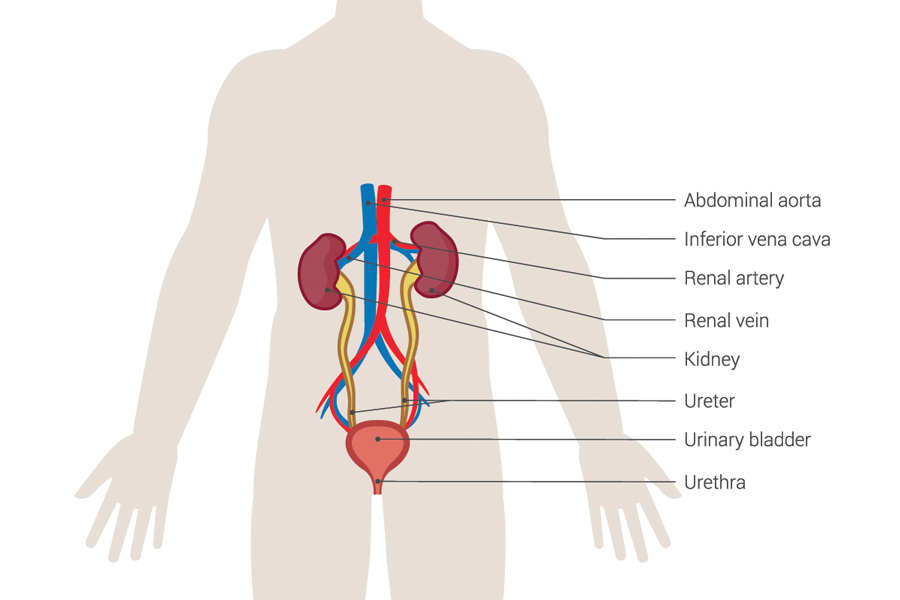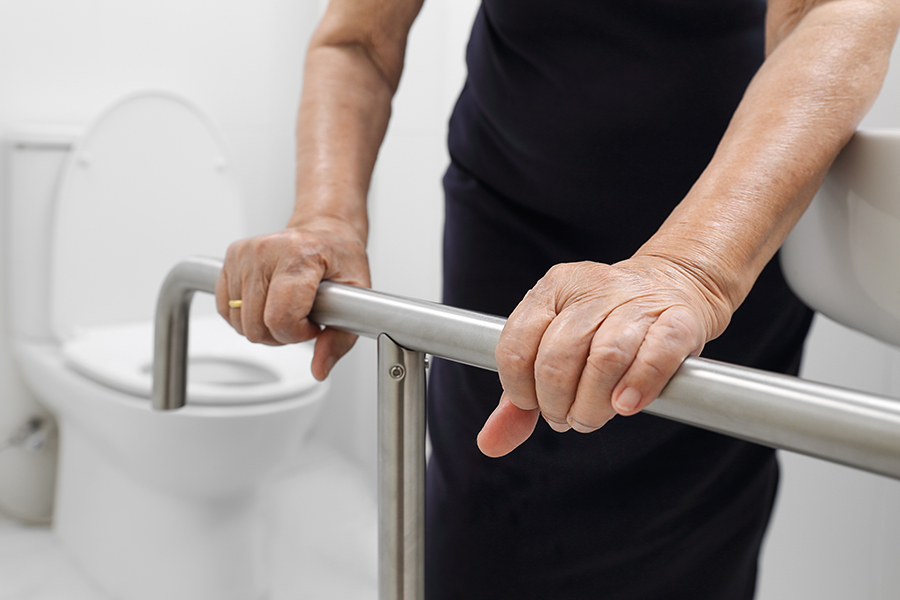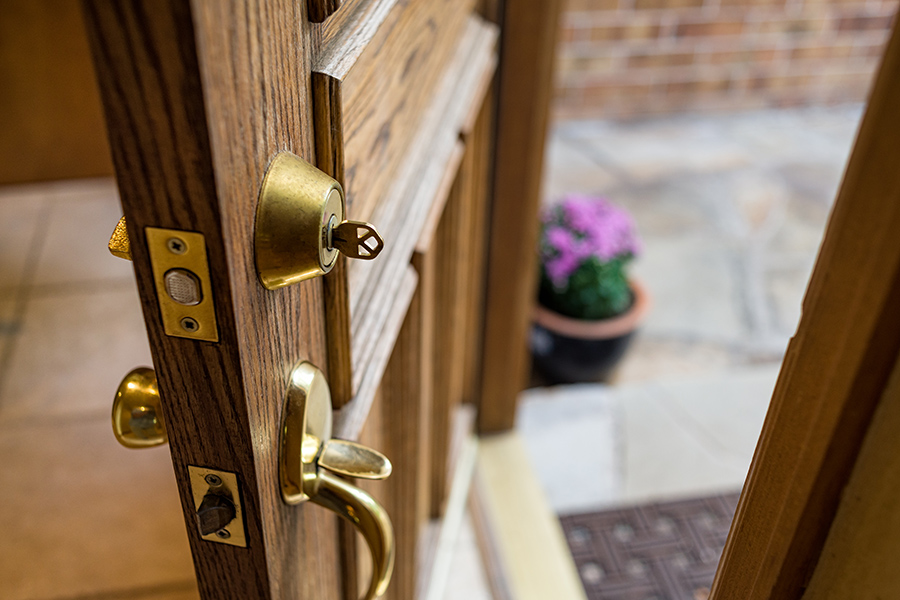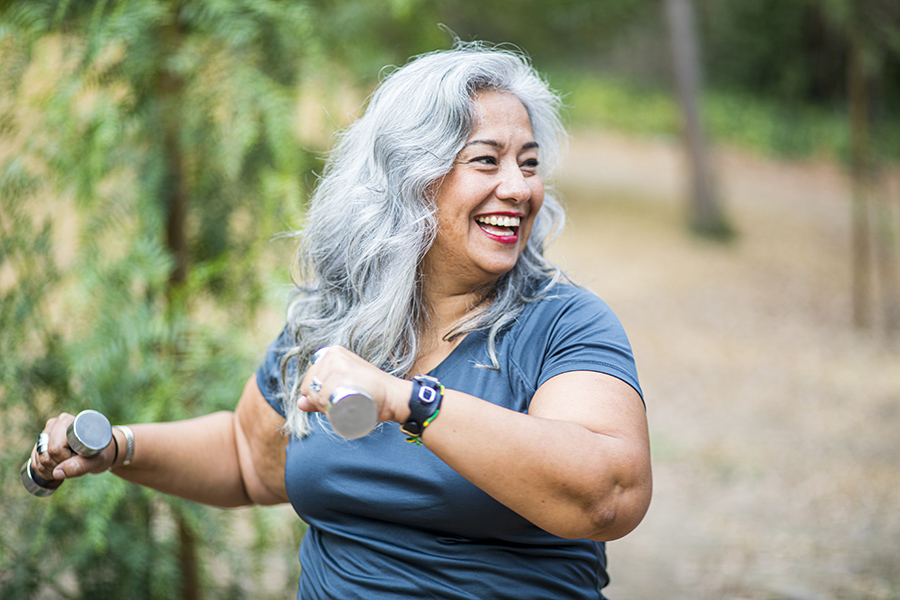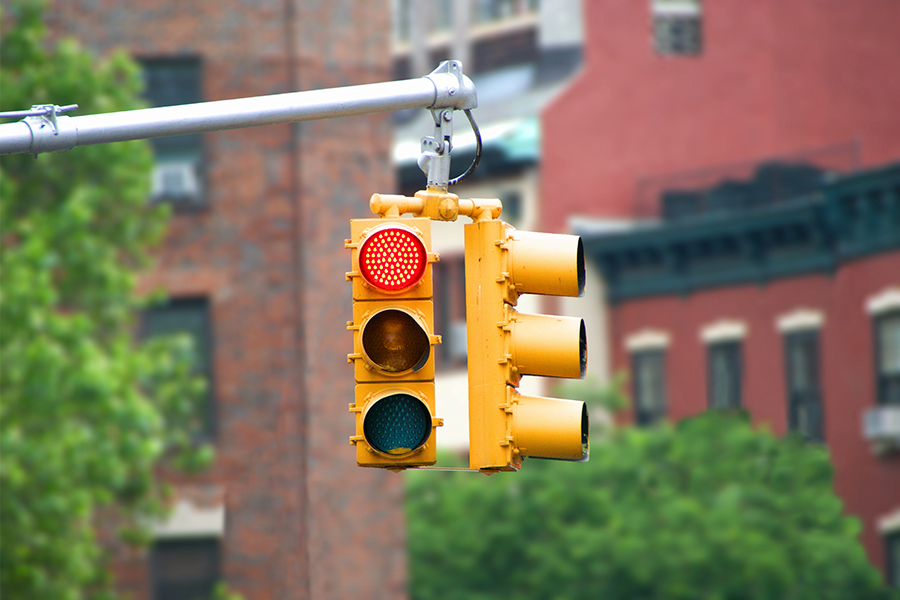Urinary incontinence, or the loss of bladder control, is something many women experience but avoid discussing. In fact, half of all women over 20 experience some type of urinary incontinence in their life.1 This includes up to 40% of women who develop incontinence during pregnancy and more than 40% of women over 65.2
If this is so common, then why is there still embarrassment surrounding loss of bladder control? Pamela Fairchild M.D. suggests that women believe urinary incontinence is just a part of life and there isn’t anything they can do, leaving them feeling powerless.
To regain quality of life, women need know more about the urinary incontinence they’re experiencing and how to treat it.
Types of Urinary Incontinence
The most common bladder control issue women experience is called stress incontinence. This happens when the pelvic floor is weakened or damaged, allowing urine to release from the bladder at inopportune times. Weakening or damage to the pelvic floor can be a result of pregnancy, childbirth or menopause. Women with this type of incontinence will notice urine leakage caused by sudden movements like coughing, sneezing, laughing or exercising.3
Urge incontinence, or overactive bladder, is another common type of incontinence women experience. This is characterized by a sudden and strong urge to urinate many times a day. Sometimes, urine begins to leak before the bathroom is reached. Then once at the bathroom, not much urine actually voids.
Other types include mixed, overflow, functional, and reflex incontinence. Read our article on “Types of Incontinence” for more information.
Managing Urinary Incontinence
Management techniques and treatment of urinary incontinence ultimately depend on the the type, severity and root cause.4
- Bladder retraining is a type of behavioral therapy that can be practiced at home. This technique establishes a bladder voiding schedule. It’s also suggested to keep a bladder diary to track improvements and other notes to share with your doctor.
- Kegel exercises can be used to strengthen the pelvic floor muscles. A stronger pelvic floor gives you more control when voiding the bladder.
- Lifestyle changes such as limiting caffeine, drinking plenty of water and maintaining a healthy weight can help ease the symptoms of urinary incontinence.
- Other treatments for more severe cases of incontinence include: urethral insert, pessary, Botox, nerve stimulation, the sling procedure, and prolapse surgery.
- Incontinence products may be useful in managing urinary incontinence. Wearable products range from liners and pads to diapers and briefs depending on how much urine leaks throughout the day. Disposable underpads and waterproof sheeting may also be helpful for extra nighttime protection.
Women experiencing urinary incontinence should know that they aren’t alone and that management techniques and treatments are available. If you or a loved one are experiencing trouble with bladder control, contact a medical provider for more information.
1 Michigan Health
2 Office of Women’s Health
3 News Medical
4 Mayo Clinic









